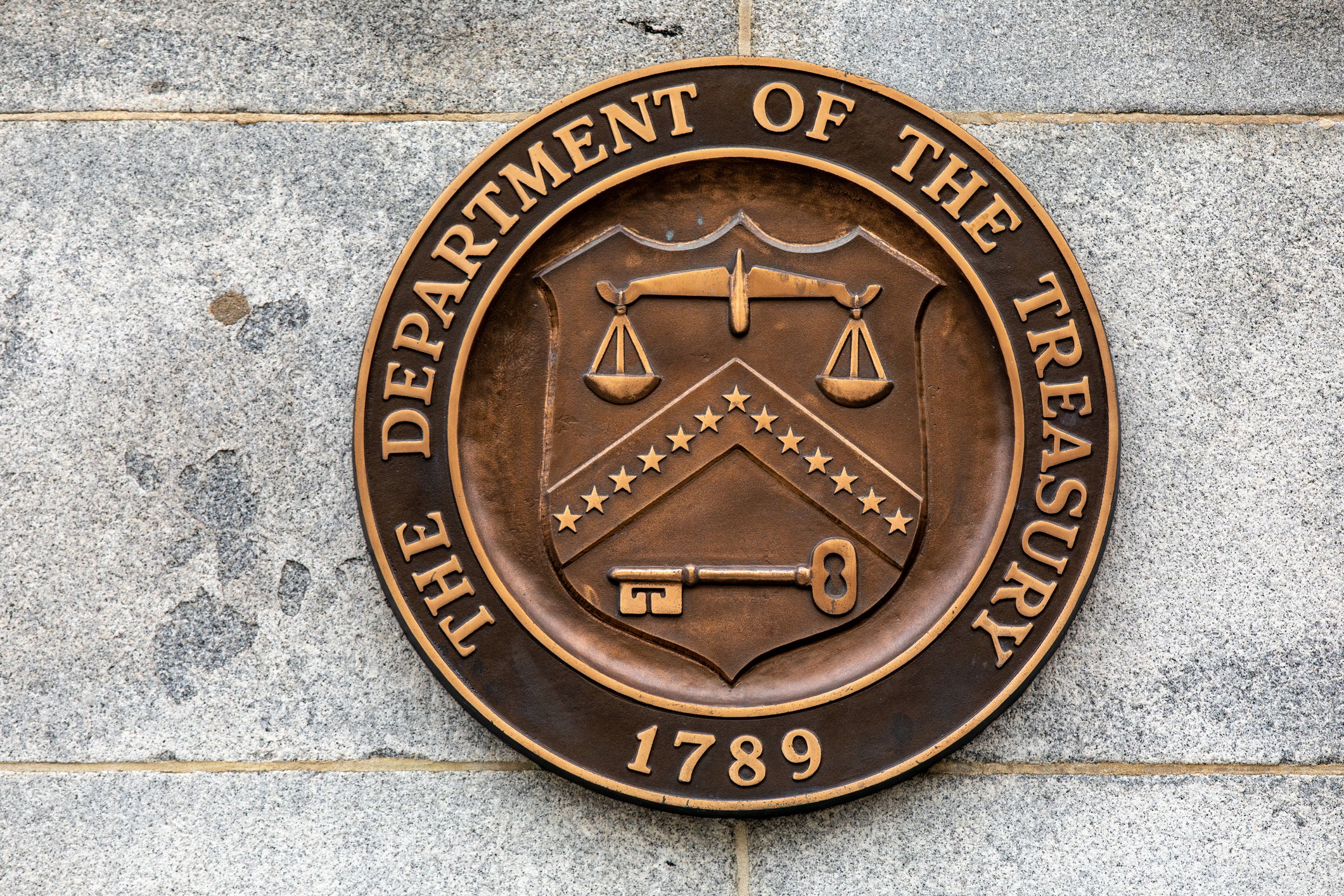As the December 2026 State and Local Fiscal Recovery Funds (SLFRF) program spending deadline approaches, local governments should evaluate the long-term fiscal needs of their American Rescue Plan Act (ARPA) funded programs. The end of this large federal investment in local government signals a period of uncertainty as localities may need to address budget shortfalls. According to the 2025 State of the Cities Report (PDF), 69% of respondents indicated the end of ARPA funding will negatively impact their budget and city management. To find examples of how other localities are continuing projects with other funding sources after ARPA dollars are spent, local leaders can search the Local Government ARPA Investment Tracker.
Local Government Investment Tracker Update
Since 2021, the Local Government ARPA Investment Tracker, a joint project of Brookings Metro, the National League of Cities (NLC) and the National Association of Counties (NACo), have monitored how the largest U.S. cities and counties have appropriated, obligated and spent $65 billion in SLFRF allocations to foster an equitable economic recovery from COVID-19.
This update reflects data from 19,348 projects reported by 334 large local governments (92 cities and 242 counties) to the U.S. Department of the Treasury for program activities conducted through Dec. 31, 2024. All recipients have until the end of 2026 to spend their obligated funds. Visit the dashboard for more information about how data is collected and analyzed for this project.
As of Dec. 31, 2024, Tier 1 cities and counties have obligated 100% of their SLFRF allocations. This is a huge accomplishment and means large local governments will not face claw backs due to missing the obligation deadline. Additionally, large cities and counties are on track to meet the December 2026 spending deadline since 72% of funds have already been spent.
Local Governments Have Obligated or Expanded 100 Percent of $65 Billion SLFRF Allocations
Percent (%) of Tier 1 SLFRF Allocations Obligated or Spent Through December 2024
The final obligated data show investment categories have remained stable over the past two years, even with the last-minute push to meet the obligation deadline. The data show over 42% of SLFRF Tier 1 funds have gone towards government operations investment projects, underscoring the importance of paying employee salaries, replacing lost revenue and upgrading government infrastructure for COVID-19 recovery. Large local governments have also obligated over 13% of funds to infrastructure investments, followed by housing as the largest investment categories for large localities. These investments highlight how localities have used funds to respond to the public health and economic emergencies while strengthening communities for the future.
Large Cities and Counties Have Committed Most Funds to Government Operations or Infrastructure Projects
Percent (%) of Tier 1 SLFRF Allocations Obligated, by Spending Category
Many ARPA projects supported staff salaries and impactful programming, and seeing these programs end outright once funds are spent would be a loss for the communities that invested in them. The following spotlights show ways counties and cities are continuing ARPA projects with other funding sources.
City of Chula Vista, CA
Chula Vista, California’s Public Works Department hired a new project management team to lead ARPA projects. This team is responsible for overseeing the project delivery of SLFRF Infrastructure projects and has developed efficient project delivery systems. These salaries will transition to the city’s general fund when ARPA ends because the city wants to continue focusing on efficiency and fast project delivery.
Salt Lake County, UT
Salt Lake County, Utah launched a new program with the Salt Lake Center of Opportunity Partnership to support small businesses through grants and technical assistance. During the ARPA spending period, the county plans to support at least 7,500 businesses. Then the program will scale back to 1,500 annually to be sustainable without ARPA funding.
Looking Ahead to the 2026 Spending Deadline
ARPA was a transformational investment in local governments. Giving funds directly to cities and counties gave them flexibility around decision-making to invest in projects that were important to them and the federal government, including infrastructure, workforce development and public safety. As local governments finish spending down these obligations to meet the December 2026 spending deadline, they may be faced with difficult decisions around program wind-down. Defining this problem early is important for reducing the potential impact of losing programs and for finding alternative sustainable funding sources when possible.
Focusing on Fiscal Health Post-ARPA
While cities and counties are still working to spend remaining ARPA funds, local leaders might consider their localities’ funding needs once SLFRF allocations are spent. Using the downloadable data from the dashboard, local leaders can use keyword searches to explore localities that reported using other funding sources post-ARPA in project descriptions. While it is not necessary to report this information to the Treasury Department, local leaders might consider if projects will continue and need additional funding post-ARPA.









